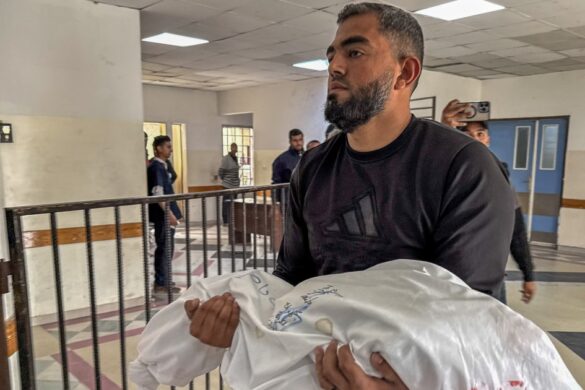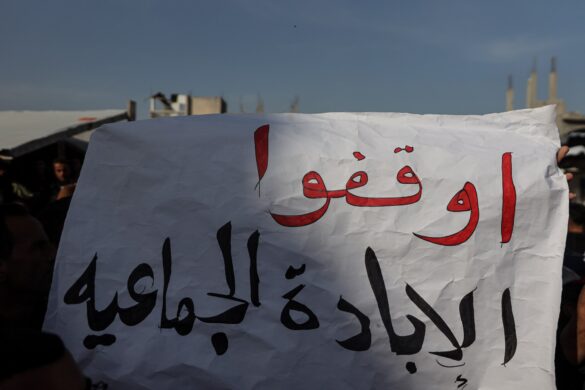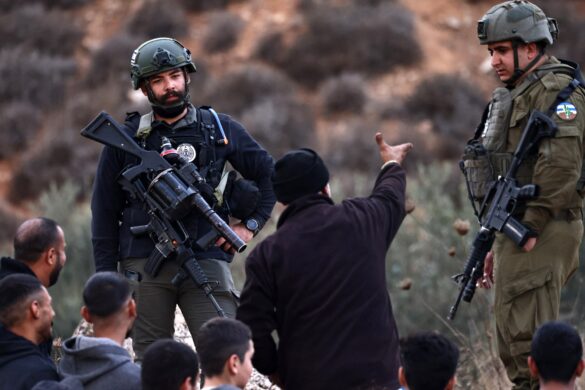New attacks hit Ukraine, in Poltava on Tuesday and this Wednesday in Lviv. At the same time, the head of the IAEA met with the Ukrainian president and announced that inspections of nuclear facilities would be strengthened.
The next day of an attack that killed 51 people and nearly 300 injured Poltava In the centre of the country, it is the turn of the city of Lviv located in western Ukraine to suffer the assaults of the Russian army.
Several explosions were heard in the city as an air raid alert was issued across the country.
Provisional assessment, Three people were killed and 23 others injuredaccording to information from regional governor Maksym Kozytsky.
Five children were among the injured, including a 10-year-old boy. Fifteen people were transferred to local hospitals after the attack, according to Lviv Mayor Andriy Sadovy.
The missile fell in the area of the main railway station, where several buildings caught fire. At least two schools will not reopen on September 4, Sadovy said. First responders have been dispatched to the scene of the attack.
IAEA chief visits Kyiv
Rafael Grossi met Volodymyr Zelensky on Tuesday, his tenth in-person visit since the start of the war.
During this interview, the head of theIAEA assured the Ukrainian president that he intends to increase assistance to Ukraine in nuclear security matters, and announced that inspections could now concern electrical substations that supply Ukrainian nuclear power plants.
“Some power lines, not the power plants, but power lines were affected. We had already indicated at the time that this was a risk to the power plant. The IAEA could, or should, look at the substations.” he said.
The visit comes after shelling and drone strikes recently damaged power lines leading to Zaporizhzhiaattacks that have worried the IAEA since Russia took control of the plant in March 2022.
Rafael Grossi is going to Zaporizhzhia this Wednesday, a few days after a visit to the Kursk power plantin Russia where the conflict spread this summer.




